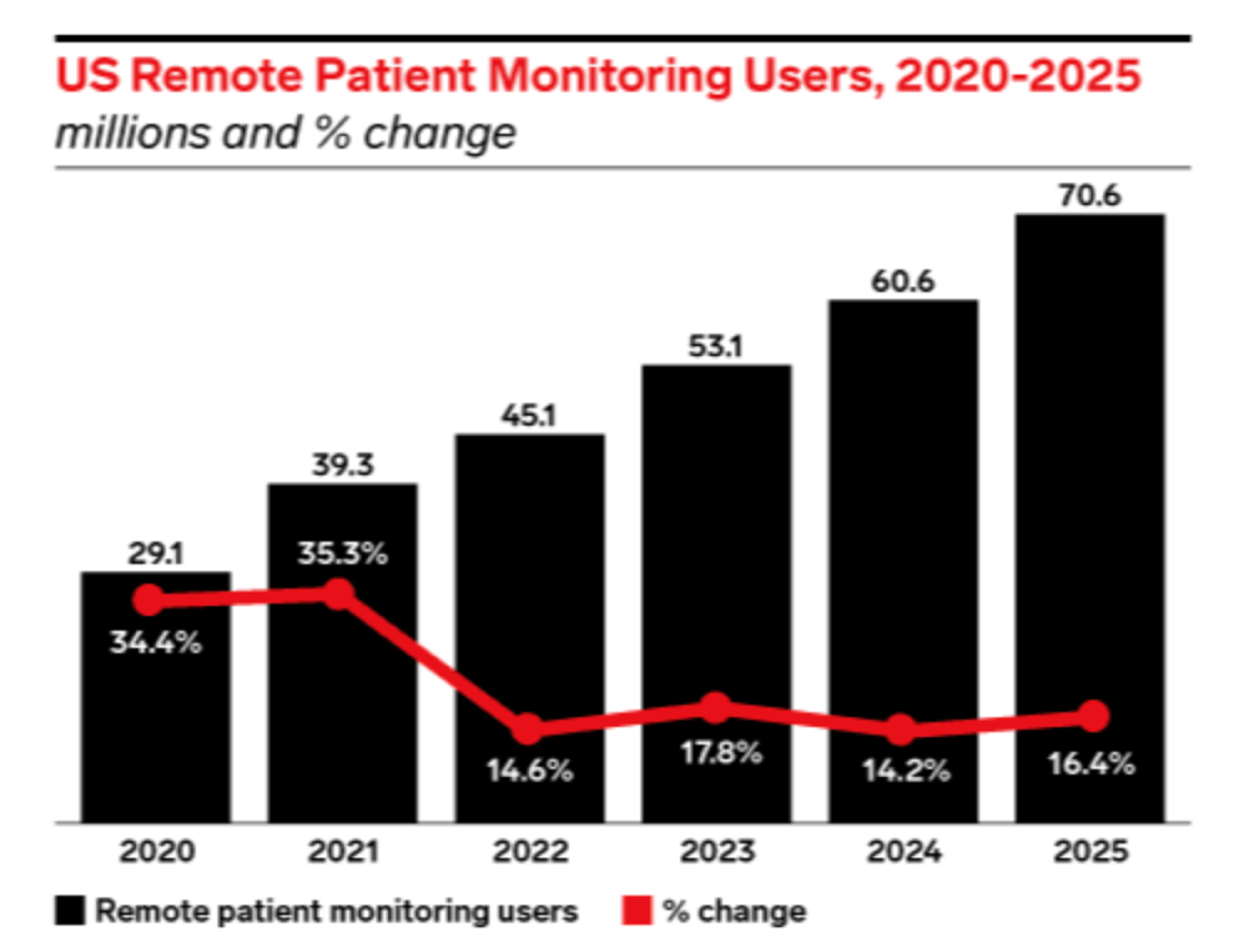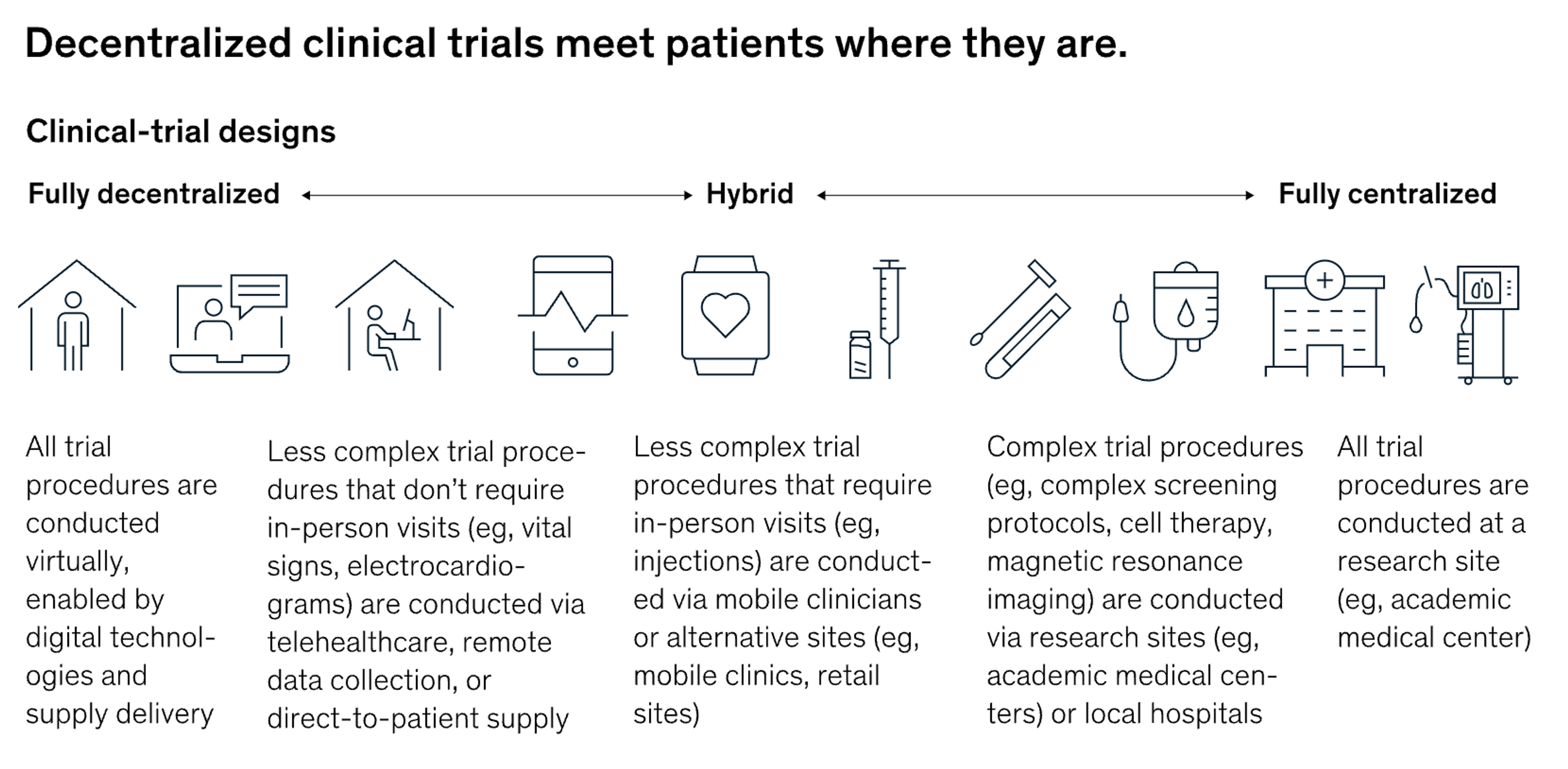blog
How Telehealth Systems Are Evolving in 2023

SECTIONS
Telehealth services have grown rapidly since the onset of the COVID-19 pandemic in 2020. In 2022, 25%Opens in a new tab of patients used telehealth services compared to just 5% in 2019. While the initial spike in telehealth was an adaptation to temporary pandemic measures, increased use of remote healthcare services appears to be here to stay. Industry experts estimate a shortfall of 15 millionOpens in a new tab skilled professionals in healthcare facilities by 2030, and the development of telehealth systems is the most viable solution for effectively offsetting this deficit.
As telehealth systems remain relatively new in most healthcare organizations, both patients and healthcare professionals should expect systems to continue to evolve as organizations gather data and refine best practices. This guide covers emerging trends and developments in telehealth systems and technologies.
Key Takeaways:
- The use of telehealth services is up 400% compared to pre-pandemic levels.
- Healthcare organizations are making telehealth services and programs a permanent part of their operational models, leveraging new technologies and addressing the growing shortage of skilled healthcare professionals.
- Trends in telehealth systems include advancements in remote patient monitoring (RPM) technologies, decentralized clinical trials, and changes to Medicaid and Medicare billing for remote healthcare services.
5 Major Telehealth Trends for 2023
These five areas reflect major ongoing trends in telehealth.
1. Remote Patient Monitoring (RPM)
Remote patient monitoring (RPM) is a pivotal component of successful telemedicine. RPM uses connected medical devices, sensors, mobile devices, and cloud platforms to monitor and store patient data. The technology required for RPM must be adaptive enough to integrate into a functional system for data collection, delivery, and analysis. As patients become more comfortable with these devices, the sensors become smaller and more efficient, improving patient adherence.

Image Source: InsiderIntelligence
RPM’s future looks promising. Estimates suggest that 70.6 millionOpens in a new tab U.S. patients will use RPM tools by the end of 2025. The market for RPM systems reflects growing patient acceptance of remote technologies in healthcare, with total market value on pace to exceed $1.7 billion by 2027 – a 128% increase from 2022.
The potential benefits of expanded RPM adoption are vast. For instance, it helps reduce hospital readmission rates. Recent studies found that RPM systems for cardiac patients cut readmission rates by 51%Opens in a new tab and raised patient satisfaction by 85%. Similarly, for patients with chronic health conditions transitioning to outpatient treatment, RPM packages, including a 4G-enabled tablet, a connected weight scale, a pulse oximeter, and a blood pressure cuff, can lower annual readmission rates by 50%Opens in a new tab.
2. Integration of Technology to Address Staffing Shortages
Telehealth technology integration helps healthcare organizations address widespread staffing shortages. Specifically, advances in AI-enabled disease diagnostics, though in nascent stages, hold promise for disease prediction as data sets become more robust and algorithms improve.
These diagnostic tools allow physicians to diagnose and develop treatment plans for a growing number of telehealth patients. Already, 56%Opens in a new tab of physicians anticipate using AI to guide most clinical decisions in telehealth in the near future.
As healthcare professionals gain experience with these systems, providers can incorporate AI technologies into training and daily practices. This results in a healthcare system better positioned to manage patient health remotely, extending the capabilities of limited skilled staff while reducing costs for both providers and patients.
3. Decentralization of Clinical Trials
The decentralization of clinical trials, facilitated by telehealth services, is a significant trend in healthcare. It’s revolutionizing how organizations conduct clinical trials. Telehealth systems allow more patients to participate in trials, reducing the personnel required to manually monitor patients.

Image Source: McKinsey.com
For clinical trials across the board, 70%Opens in a new tab of patients eligible for participation live more than two hours from trial sites. Telehealth programs enable remote participation, allowing for larger and more diverse patient pools. This results in better data at the end of studies.
Decentralization also lightens the researchers’ workloads, as tasks traditionally done onsite like drug administration, assessments, and data verification can now be handled by remote teams.
4. Changes to Reimbursement Codes
During the COVID-19 pandemic, the Centers for Medicaid and Medicare Service (CMS) added hundreds of current procedural terminology (CPT) and healthcare common procedure coding system (HCPCS) codes to enable billing for telehealth visits with the same Medicare fee-for-service (FFS) rates as in-person appointments.
Although most telehealth codes expired when emergency declarations lapsed in different states, the CMS has made some telehealth provisionsOpens in a new tab permanent and may expand telehealth billing guidelines in the future.
Medicare billing coverage for telehealth services during the pandemic made healthcare servicesOpens in a new tab more accessible and affordable, encouraging providers to adopt the necessary technologies. As permanent coverage expands, more organizations will invest in the tools and training necessary to run telehealth programs as a part of day-to-day operations.
5. Telehealth-Driven Market Competition
Telehealth’s growing acceptance among patients and providers is changing the landscape of healthcare competition. Traditionally, healthcare service providers have only had to contend with local competitors for market share. In the era of telehealth, they are now in direct competition with retail clinics, large technology firms, and digital health startups in an online marketplace.
Expanded telehealth services allow patients to choose providers for convenience, accessibility, and on-demand connection. This extends beyond just virtual appointments to a desire for comprehensive online access to their health history. Patients increasingly want their healthcare experience to mirror other facets of their digitally integrated lives with seamless service and immediate accessibility.
Organizations adapting to these evolving patient preferences will have a competitive edge over those that focus on traditional healthcare practices.
Coperor: A Master Data Management Platform for the Healthcare Industry
Coperor’s MDM platform integrates data across your organization and partners, ensuring quality, confidence, and real-time access. With a data model supporting complex IT systems and thousands of industry-specific attributes, Coperor revolutionizes healthcare data management.
To learn more, view a demo of Coperor in action.
